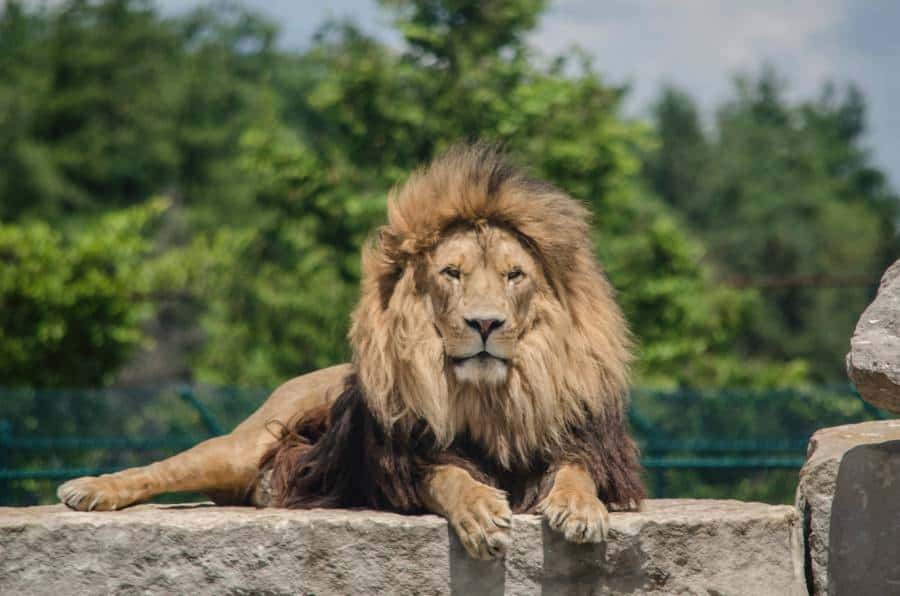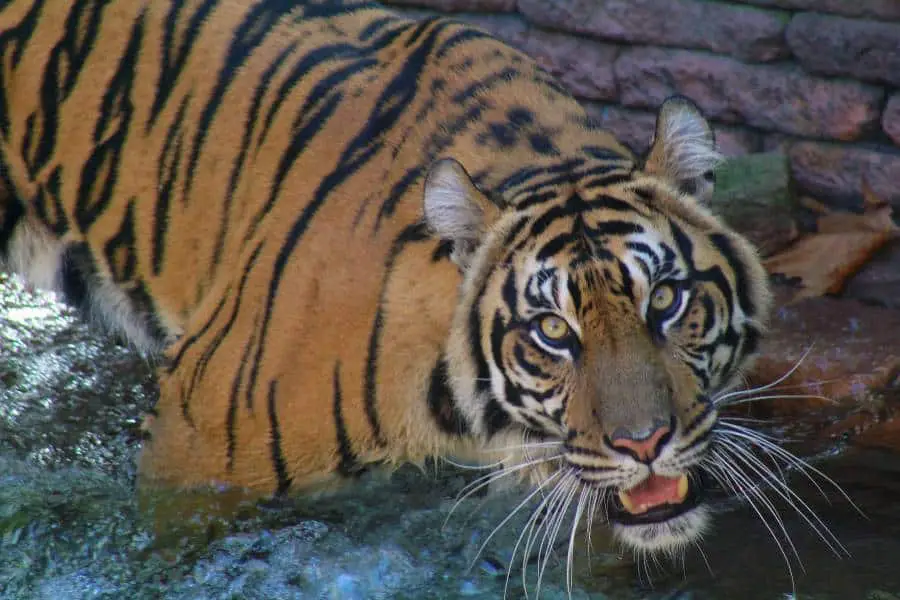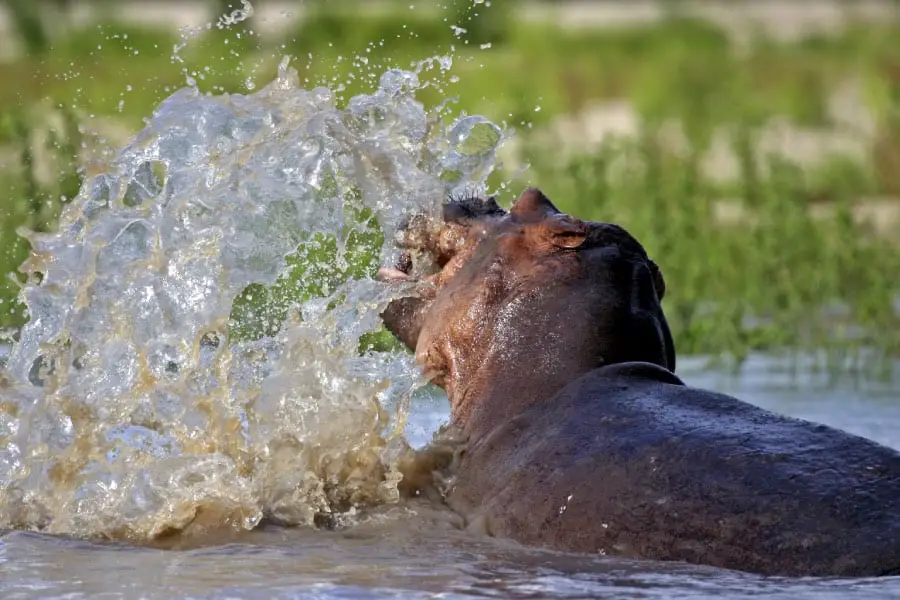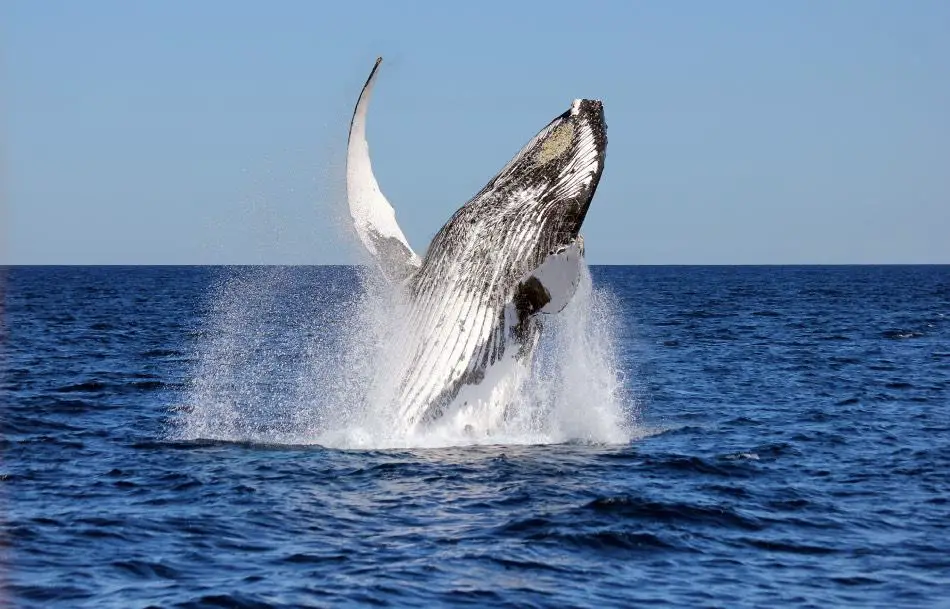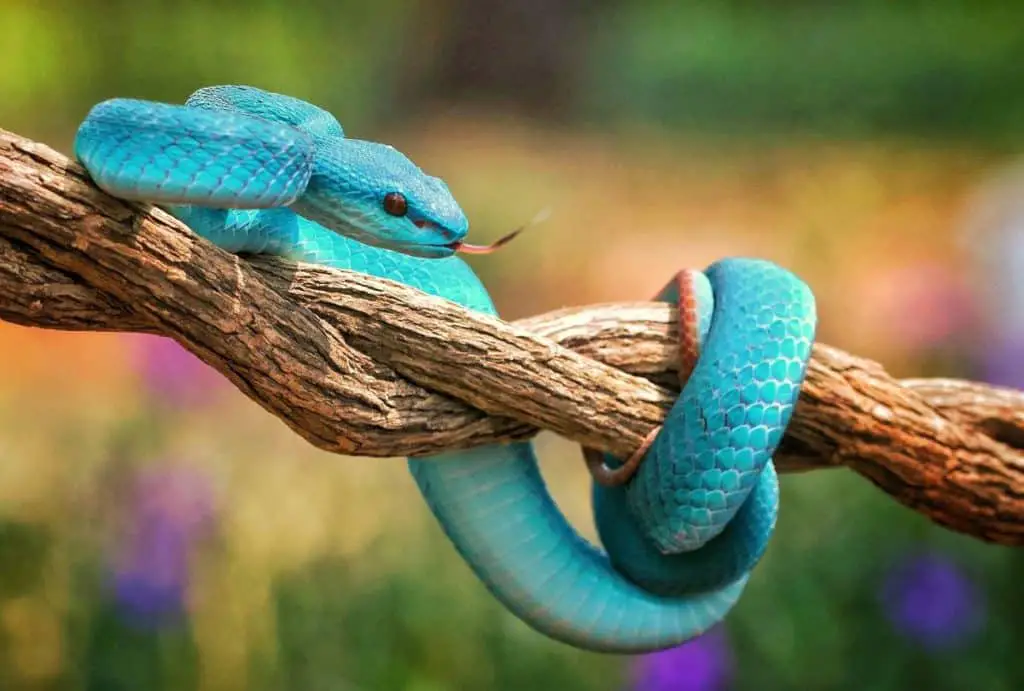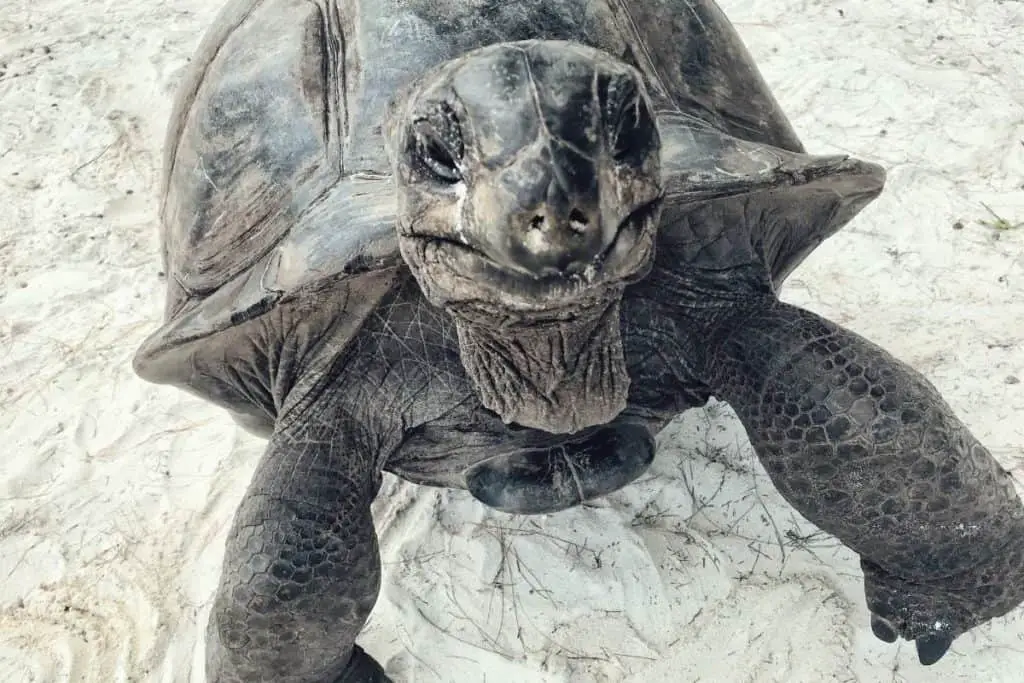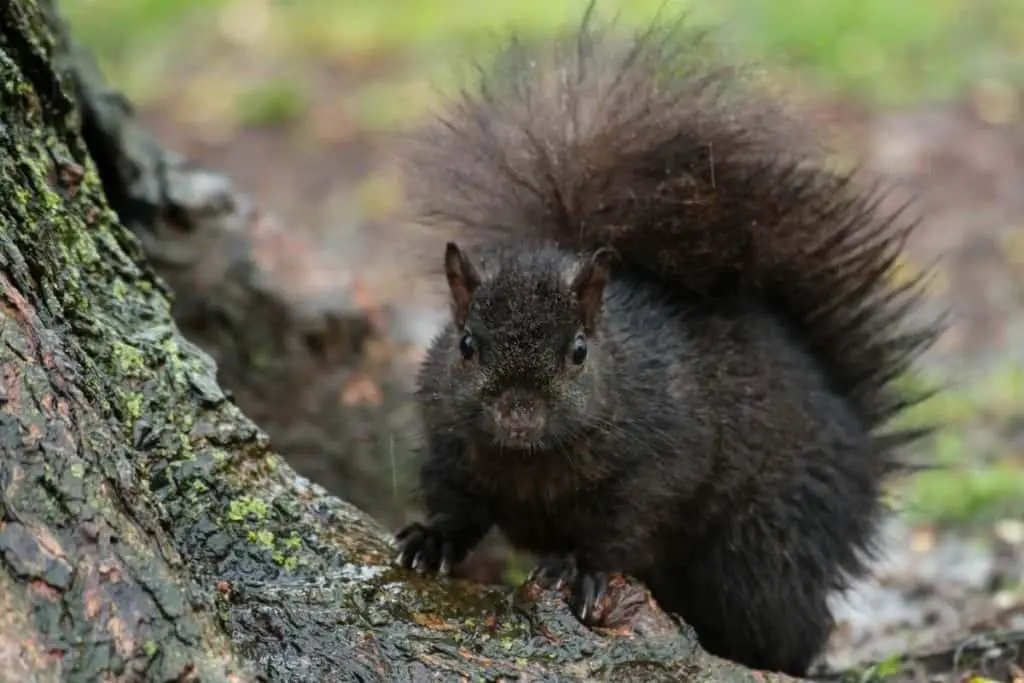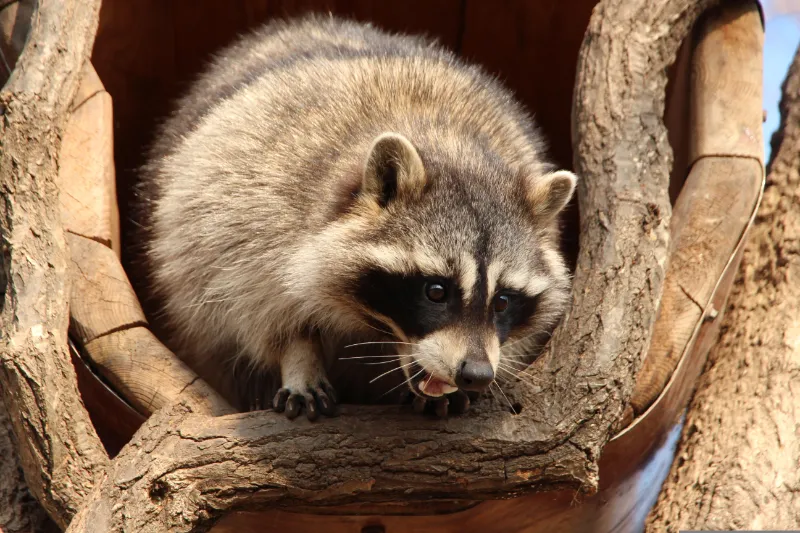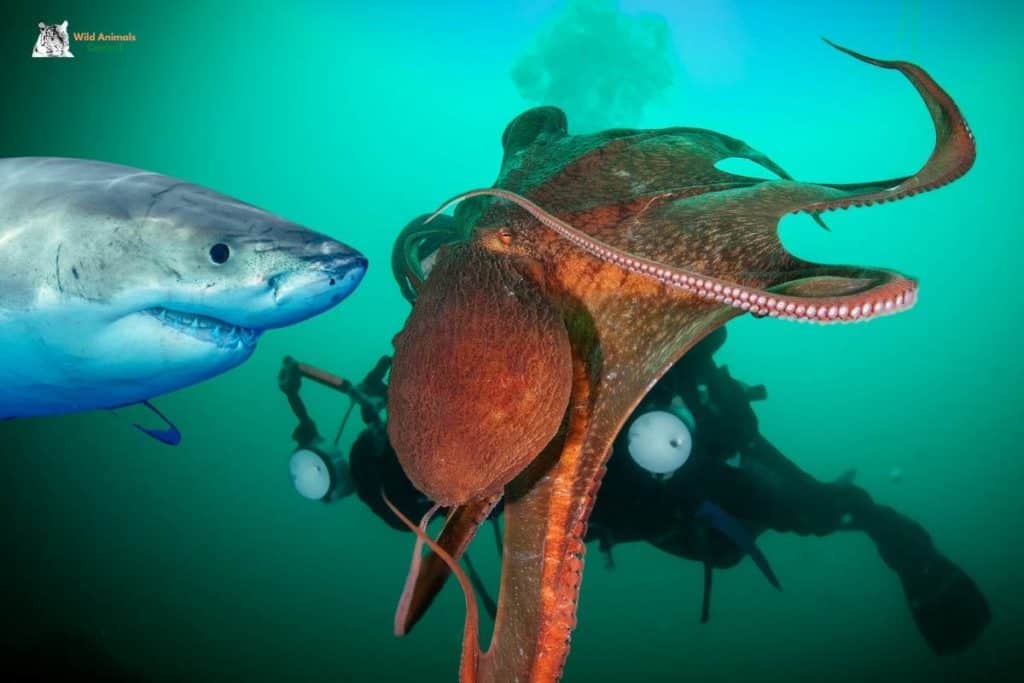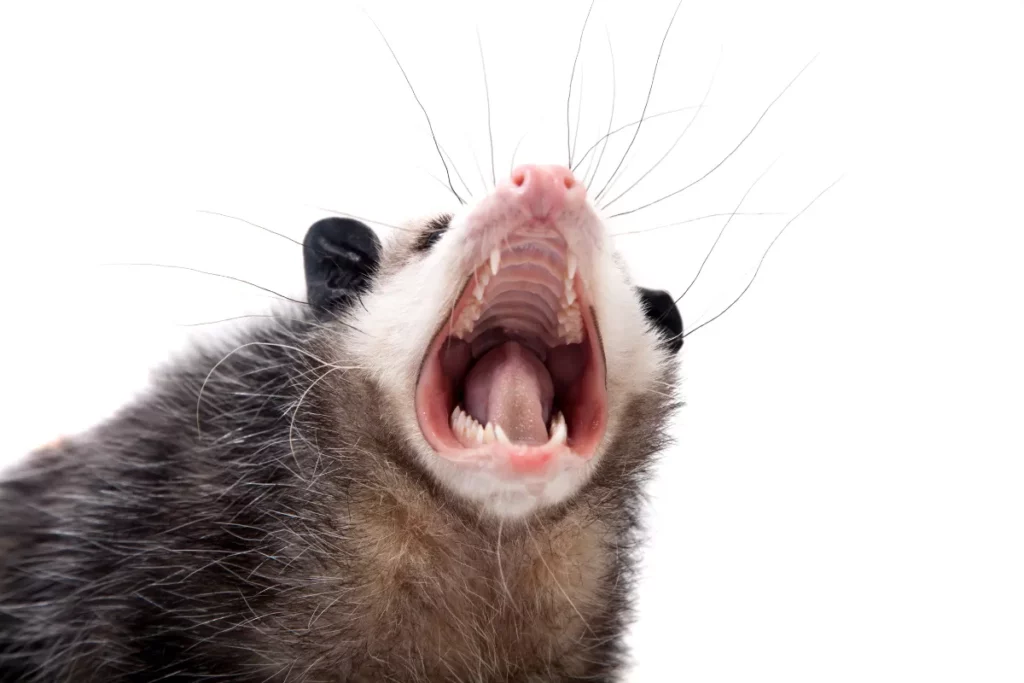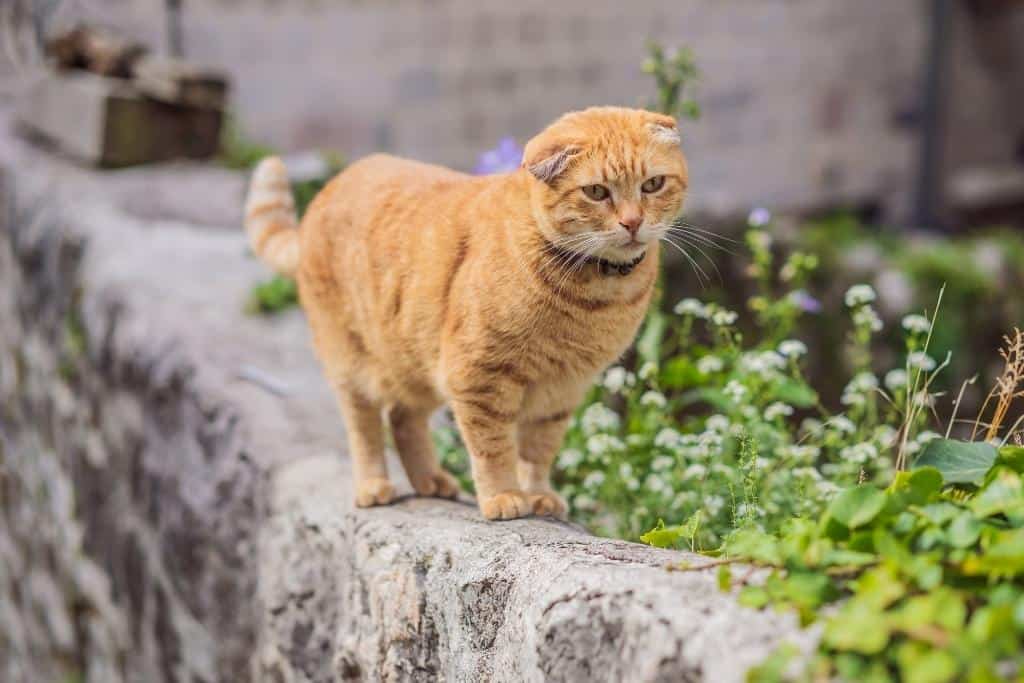Welcome To Wild Animals Central Animals Central
Wildanimalscentral.com is a website that offers comprehensive information on hundreds of different species of wild animals.
We want to educate the public about wildlife control and removal and encourage them to help protect it.
I write about wildlife removal, wild animal control, and other wildlife-related topics in and around your home.
I’m a lifelong animal lover with a passion for writing about all things wildlife-related.
My goal is to provide accurate and helpful information that you can use to make intelligent decisions about dealing with any wild animal problems that might arise.
Animals List
Featured Posts
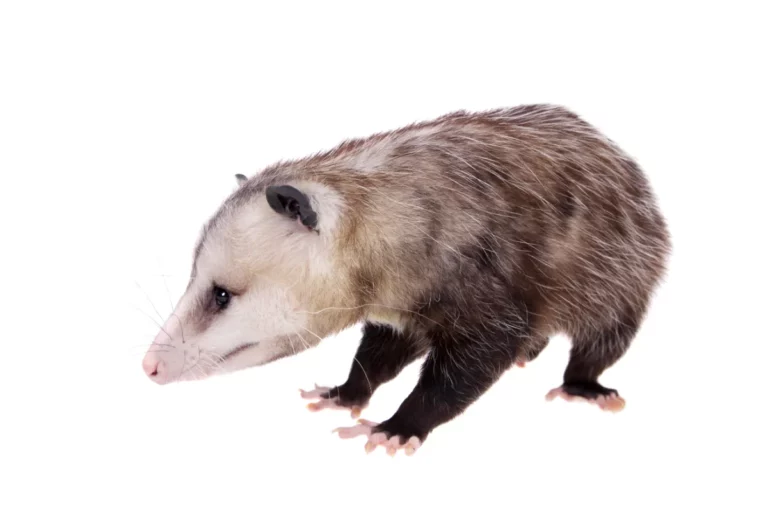
Opossum Bait: The Key to Effective Trapping
Have you ever dealt with pesky opossums invading your property and causing a nuisance? One of the most effective ways to remove them is through…

Are Snakes Active in Winter?
Have you ever wondered what snakes do during the winter? Well, get ready to uncover the truth! Unlike mammals, snakes don’t hibernate in the traditional…
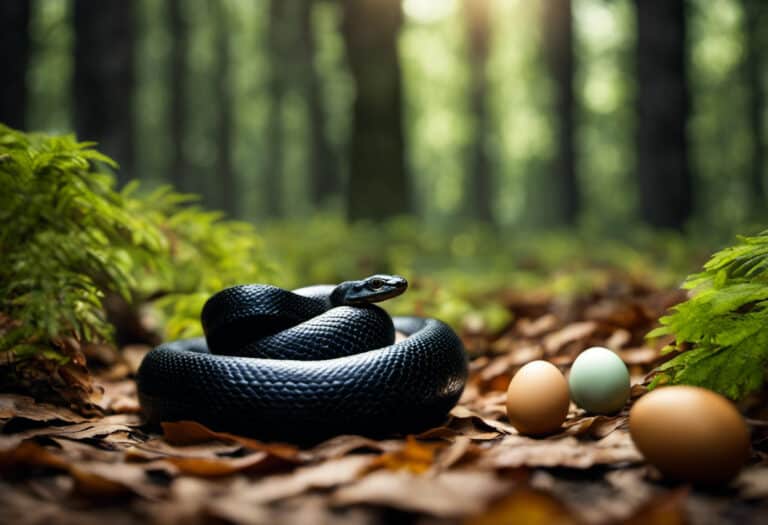
Do Black Snakes Lay Eggs?
Do you think all snakes give birth to live young? Think again! Contrary to popular belief, black snakes actually lay eggs. In this article, we…
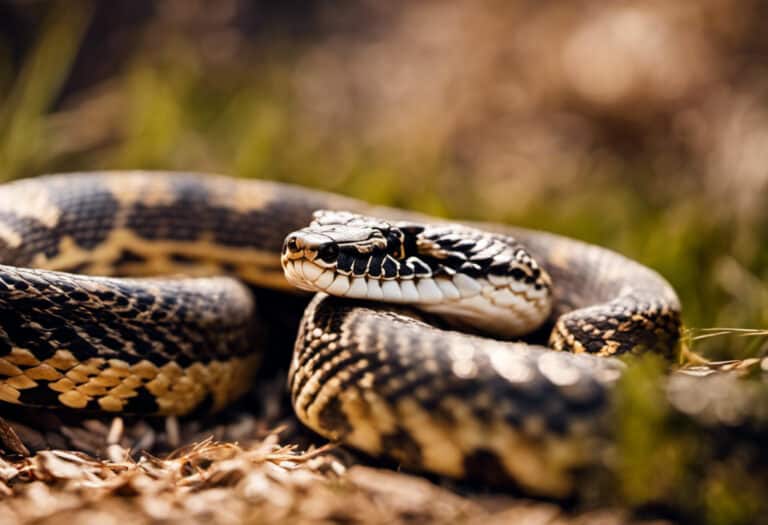
Do Bull Snakes Have Venom?
Are you curious about whether bull snakes have venom? Look no further, because this article has all the answers you need. If you love reptiles…

10 Best Dogs for Snake Control
Are you tired of dealing with pesky snakes in your yard? Well, look no further! We’ve got the perfect solution for you. In this article,…
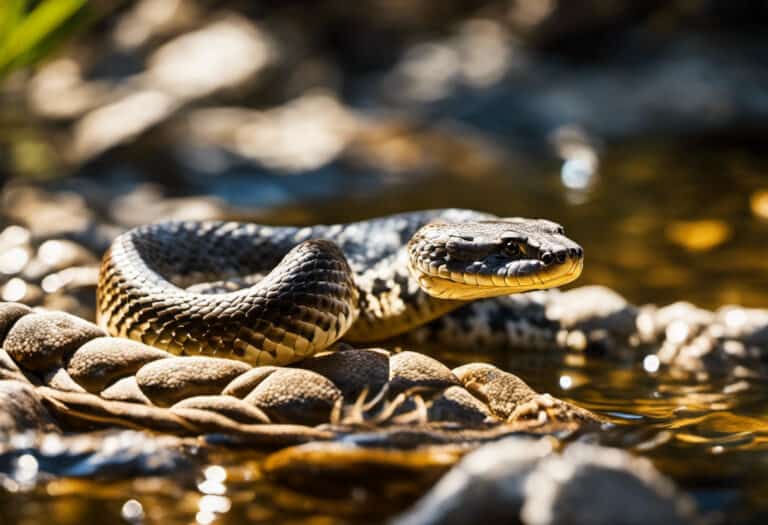
Do Bull Snakes Like Water?
Do you ever wonder if bull snakes enjoy being in the water? Well, you’re about to find out! In this article, we’ll explore the fascinating…
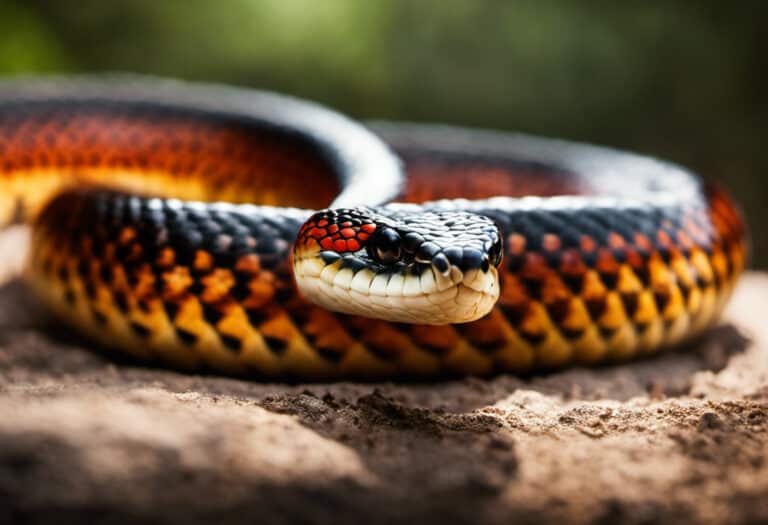
Do King Snakes Rattle Their Tails?
Do you ever wonder if king snakes rattle their tails like rattlesnakes? Join us on a fascinating journey as we explore the behavior of king…

Do Garter Snake Bites Hurt?
Have you ever wondered what it feels like to be bitten by a garter snake? Well, wonder no more. In this article, we’ll delve into…
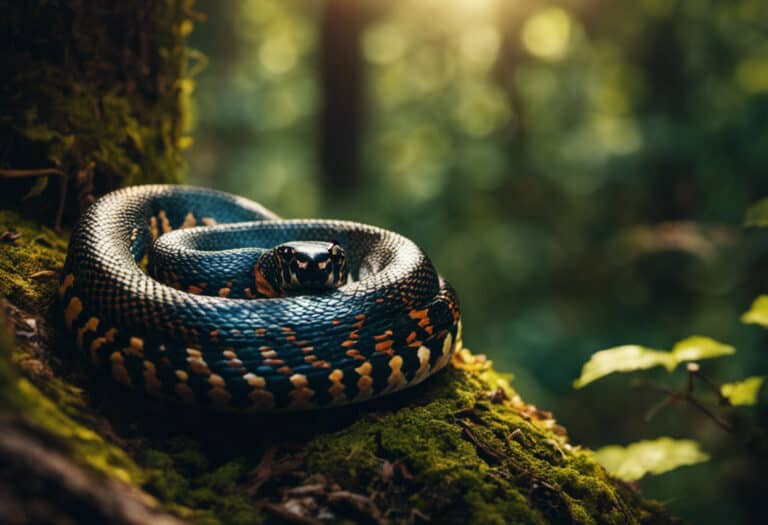
Do King Snakes Climb Trees?
Ever wonder how king snakes effortlessly climb trees? In this article, we’ll explore the impressive climbing skills of king snakes and the adaptations that enable…
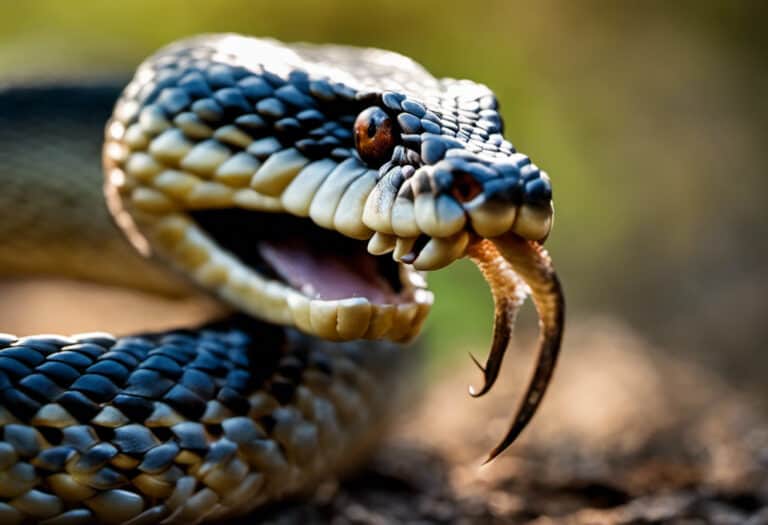
Do Rat Snakes Have Teeth?
Do you ever wonder if rat snakes have teeth? Well, you’ve come to the right place to find out! In this article, we’ll explore the…
Latest Posts
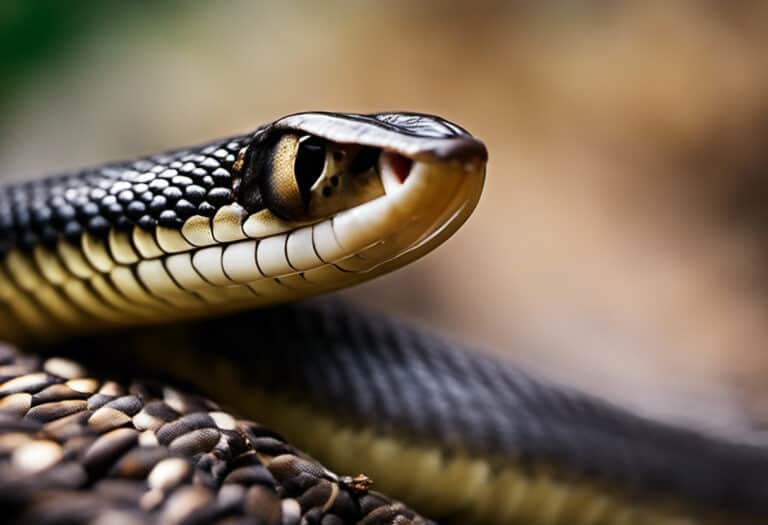
Do Eastern Ribbon Snakes Bite?
Have you ever wondered if Eastern Ribbon Snakes bite? Well, wonder no more! In this article, we’ll explore their behavior, defense mechanisms, diet, reproduction, distribution,…
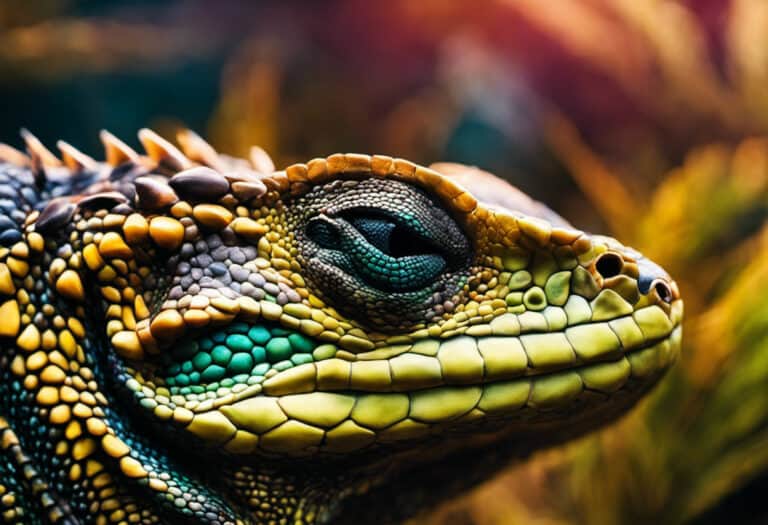
Do Reptiles Have External Ears?
Ever wondered if reptiles have external ears? Dive into the fascinating world of reptile hearing in this article. Unlike mammals, reptiles have a simpler ear…
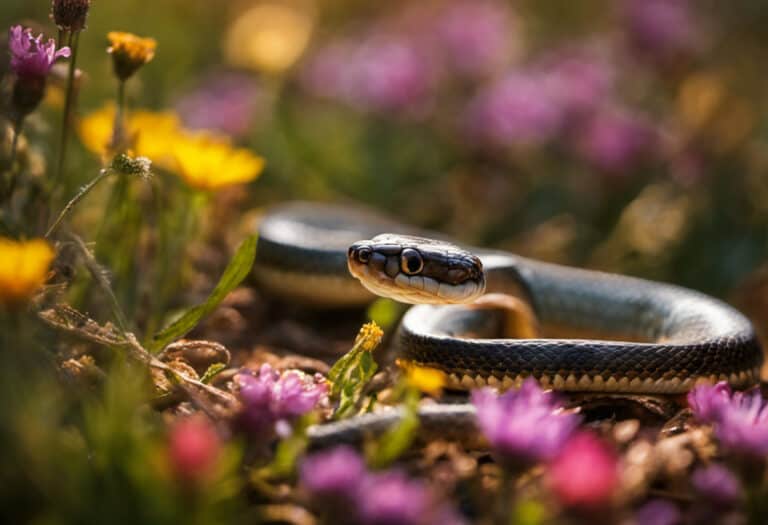
Do Garter Snakes Lay Eggs?
Do you ever wonder if garter snakes lay eggs? Well, prepare to be surprised! Contrary to popular belief, garter snakes do not lay eggs like…
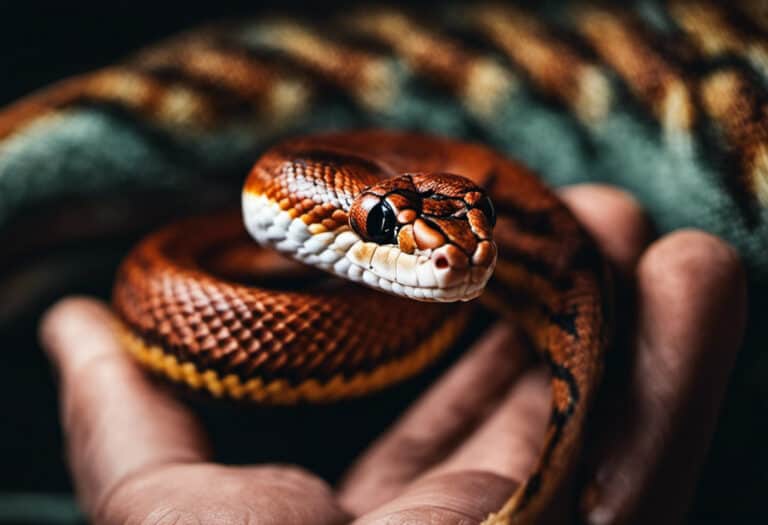
Do Corn Snakes Bite Often?
Curious about the biting tendencies of corn snakes? Well, you’re in luck! In this article, we’ll delve into the behavior and bite characteristics of these…
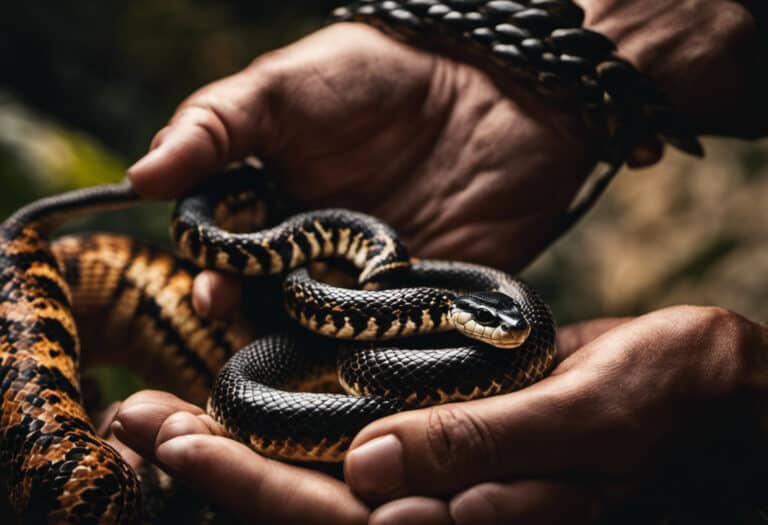
Do King Snakes Bite People?
Do you ever wonder if king snakes can bite you? Well, wonder no more! In this article, we’ll explore the fascinating world of king snake…

Does New Zealand Have Snakes?
Are you itching to uncover the truth about snakes in New Zealand? Well, you’re in luck! In this article, we’ll dive deep into the captivating…
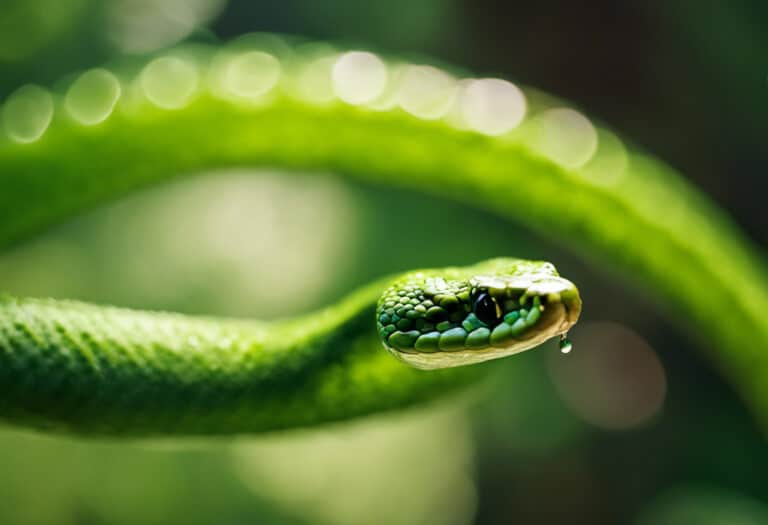
How Do Snakes Get Water?
Do you ever stop and marvel at the remarkable ways snakes quench their thirst in their unique environments? From slithering through the grass to basking…
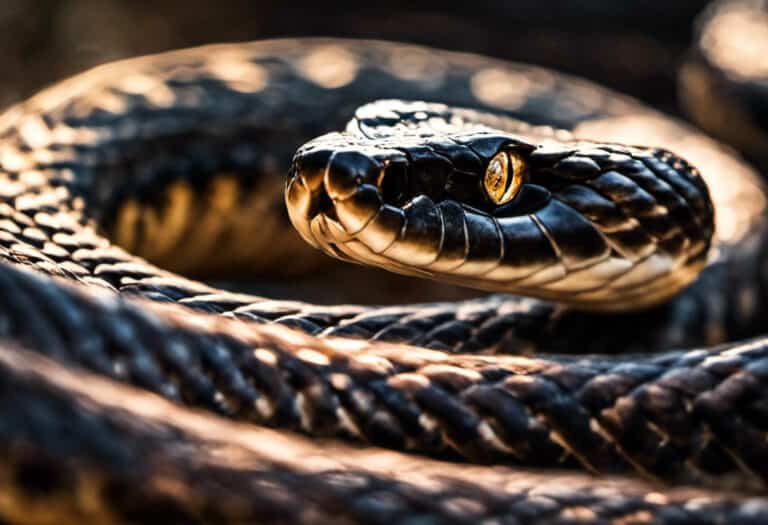
How Fast Can Snakes Move?
Do you ever wonder just how fast snakes can slither? Prepare to be amazed as we dive into the captivating world of snake speed and…
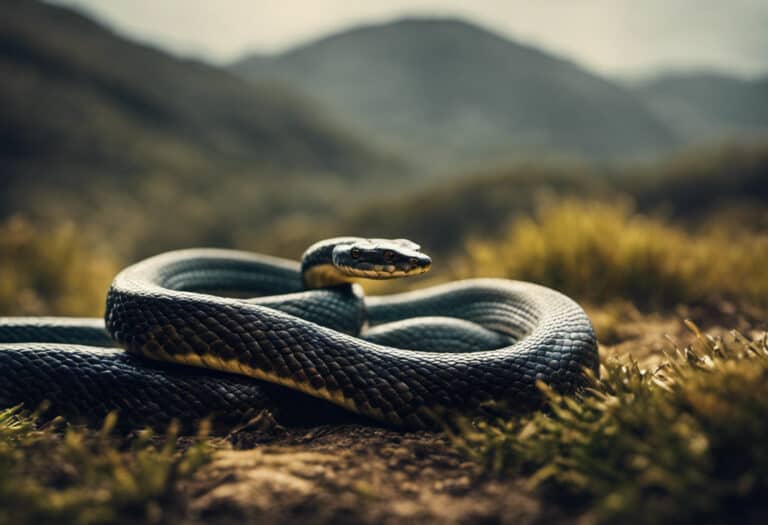
How Do Snakes Move Around?
Do you ever marvel at the effortless way snakes navigate their surroundings? Prepare to be captivated as we delve into the mesmerizing world of snake…
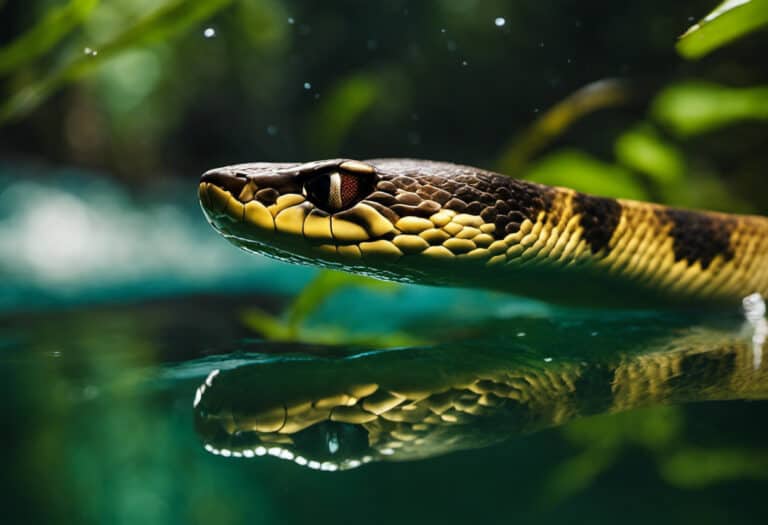
Do Snakes Bite in Water?
Are you curious about whether snakes can bite you while you’re in the water? Well, the truth is, they can. Although it’s less likely to…
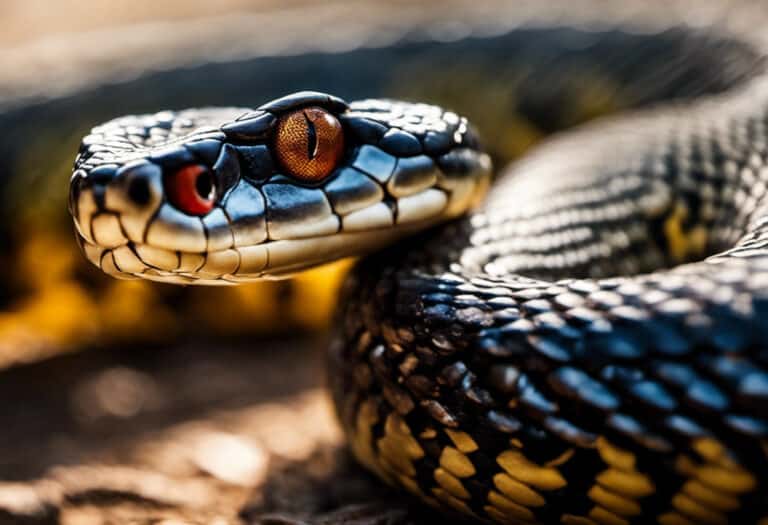
Do Snakes Blink Their Eyes?
Do you ever ponder the peculiar possibility of snakes blinking their eyes? Prepare to be astounded, for these slithering creatures possess a fascinating secret. Contrary…
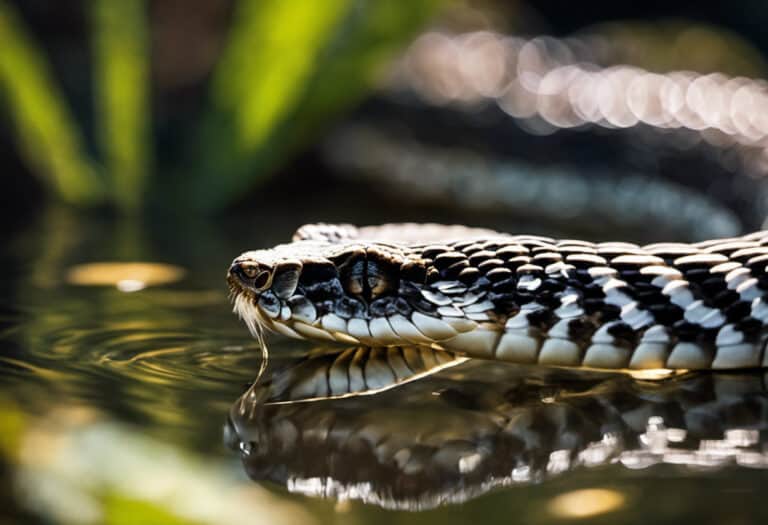
Do Rattlesnakes Swim in Water?
Do you ever wonder if rattlesnakes can swim? Well, prepare to be amazed. These fascinating creatures, with their iconic rattle tails and venomous bites, not…

